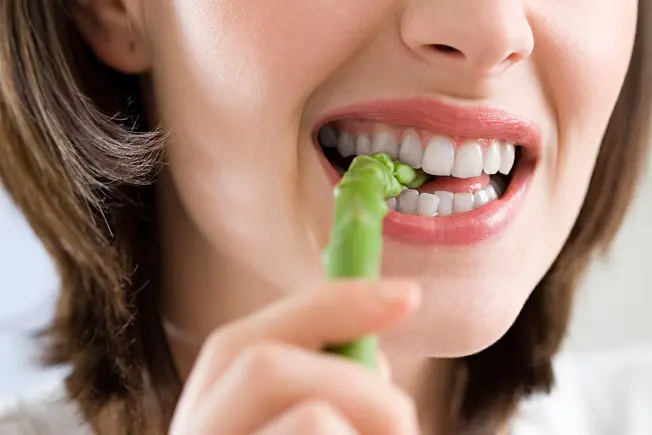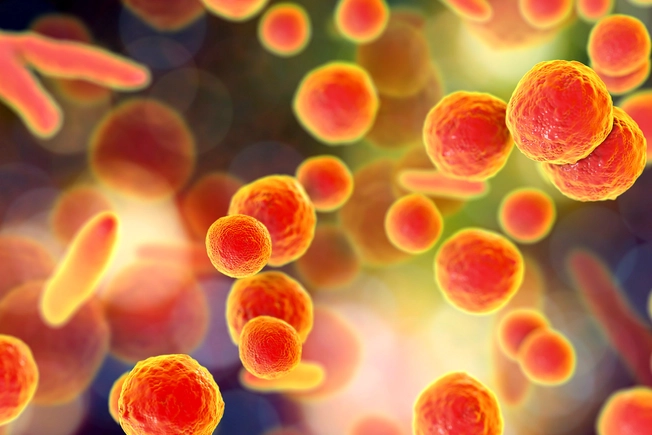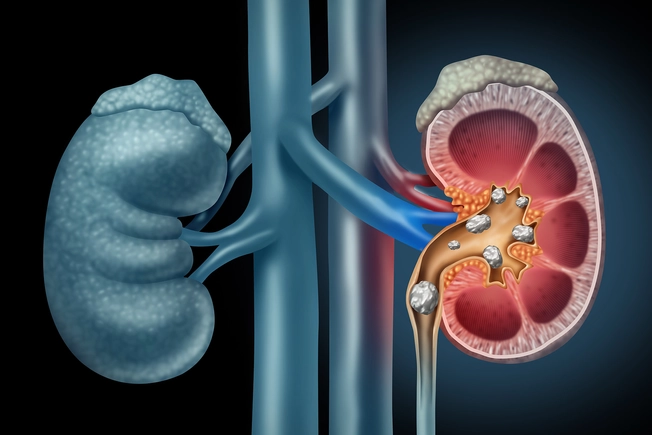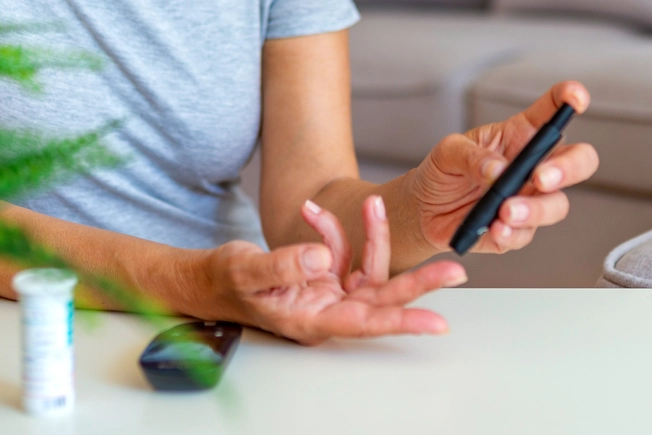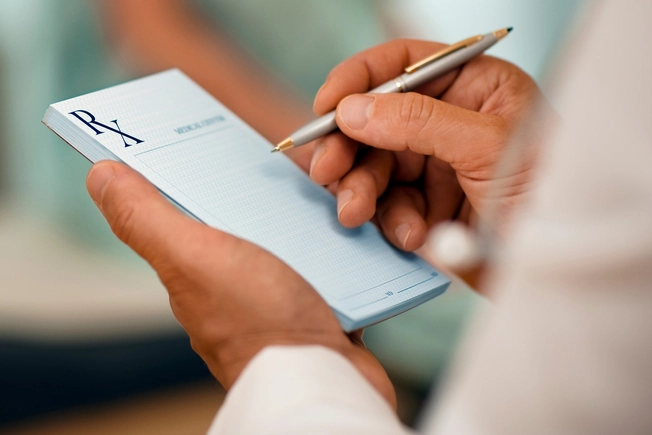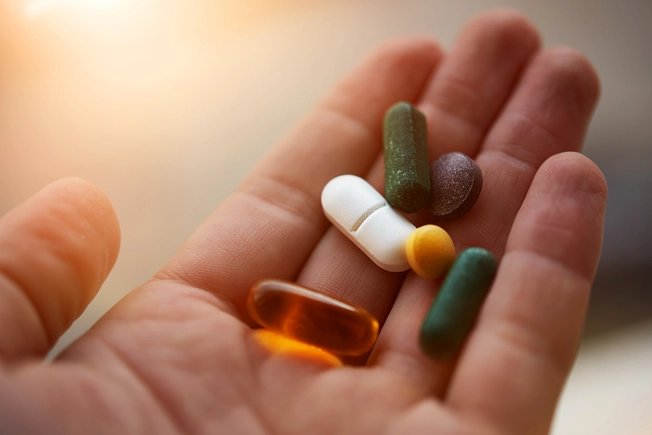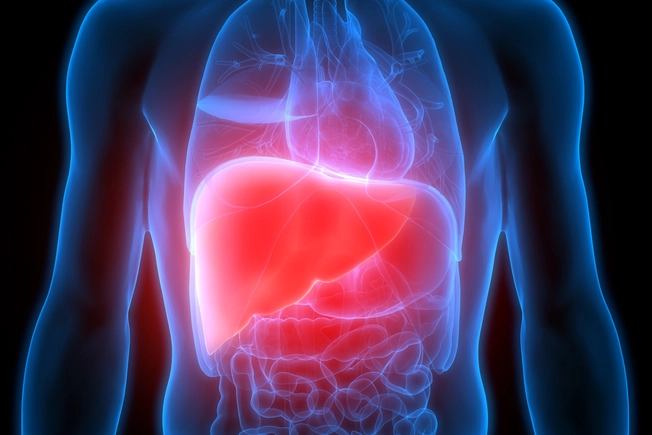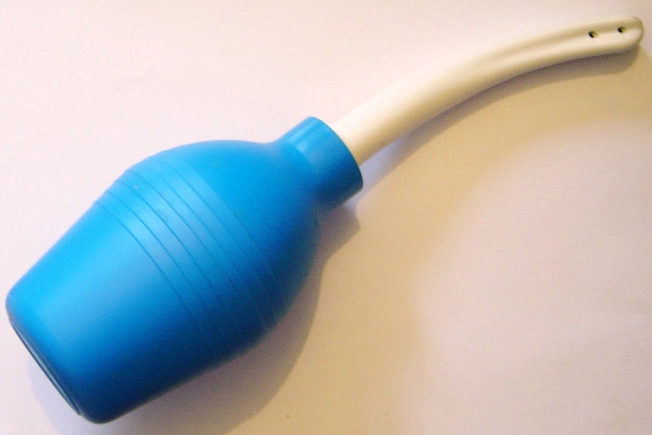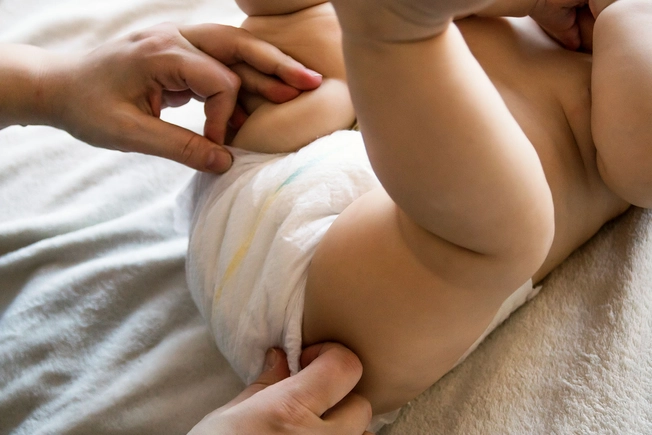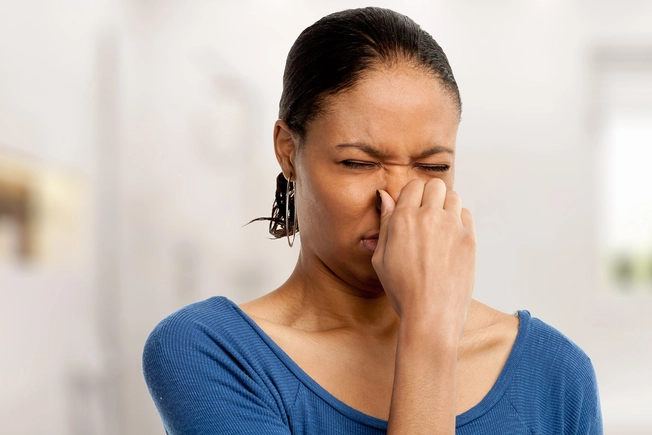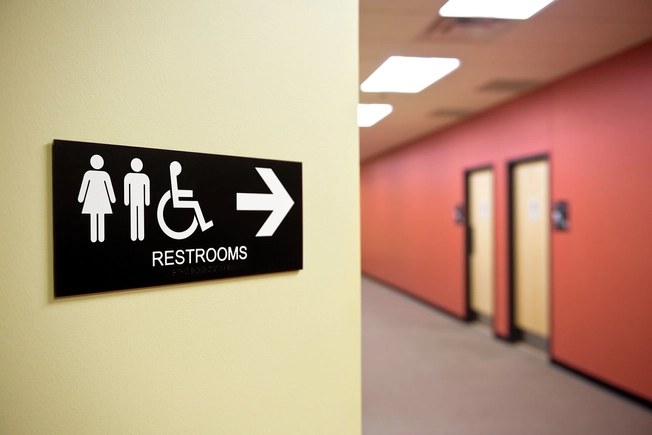Scientists have uncovered what enzyme turns urine is yellow. Eduardo Ramos Castaneda/Getty Images
- Researchers have discovered a new enzyme, bilirubin reductase, that gives urine its yellow color.
- These findings could help better understand the connection between the gut and health issues like jaundice and inflammatory bowel disease.
- Learning more about bilirubin reductase will help in understanding the breakdown of bilirubin and how it affects other bodily systems.
Urine color can change due to hydration, diet, and medication. But among the average healthy person, it’s a shade of yellow.
According to a new study published this week in Nature Microbiology,Trusted Source researchers have finally uncovered a long-standing mystery, what leads to that yellow color?
Researchers have found that an enzyme called bilirubin reductase (BilR) is what gives urine its yellow color. These results could be used to help study the links between the gut microbiome and health conditions such as jaundice and inflammatory bowel disease.
How blood cells turn into pigment
As red blood cells degrade, the pigment bilirubin is created as a byproduct. Bilirubin is released in the gut to be excreted, but it’s possible to be reabsorbed. If bilirubin builds up in the blood, it can lead to jaundice where the skin and eyes turn yellow.
For more than 125 years, experts have known that compounds in the gut turn bilirubin into the compound urobilin, which is the pigment that results in yellow urine.
But what they didn’t know was what enzyme or collection of enzymes turned bilirubin into urobilin.
“Unfortunately, gut microbes can be challenging to study,” Brantley Hall, PhD, an assistant professor in the University of Maryland’s Department of Cell Biology and Molecular Genetics and study author, told Healthline. “The gut is a low-oxygen environment, and many of the bacteria in our guts can’t survive if too much oxygen is present, making them difficult to grow and perform experiments on in labs. This ultimately meant that only a handful of bacterial species had ever been identified as being able to metabolize bilirubin, limiting the amount of data that was available.”
Hall said advancements in genome sequencing helped them discover this key enzyme.
“Our work to find BilR relied on combining experimental screening with genomic analysis, an approach that has only become possible with the isolation of more gut bacterial species and the advancement of genome sequencing technology,” he said. “So in summary, we unraveled a fundamental aspect of how our gut microbiomes influence our daily lives.”
“Gut microbes encode the enzyme bilirubin reductase that converts bilirubin into a colorless byproduct called urobilinogen,” Hall explained in said in a statement. “Urobilinogen then spontaneously degrades into a molecule called urobilin, which is responsible for the yellow color we are all familiar with.”
How the new research can pave the way for understanding gut health conditions
“Bilirubin reductase will help in terms of future research to understand the breakdown of bilirubin, which is formed by the breakdown of heme which is present within red blood cells and some other cells within the body,” Dr. Boback Berookhim, a urologist at Northwell Lenox Hill Hospital, stated. “In some disease states high levels of bilirubin may result in brain damage which can be sometimes severe and may even lead to death. This is an important step in better understanding how to treat these disease processes.”
Researchers discovered that bilirubin reductase is present in nearly all healthy adults but not in newborns and adult individuals with inflammatory bowel disease.
Failure of bilirubin breakdown has been clearly associated with jaundice in infants and gallstones in adult patients with inflammatory bowel diseases, Berookhim explained.
For the next research steps, Hall would like to conduct human studies.
“We hope to conduct observational human studies to better understand how bilirubin reduction by gut microbes influences the concentration of bilirubin in circulation,” said Hall. “We are especially interested in looking at premature infants where jaundice rates are high, and the prevalence of bilirubin-reducing microbes is low.”
“The hypothesis is supported by genome-based studies looking at the microbiome of infants with jaundice and inflammatory bowel disease,” he said. “It appears to have validity although confirmatory studies are needed to better support this finding. Biologically, the link is plausible and appears to have validity.”
Why it’s important to pay attention to urine color
Urine color can indicate a variety of health issues with patients.
“Yellow, or dark yellow urine may indicate that a person is not adequately hydrated,” said Berookhim. “Red urine usually indicates blood in the urine, which may be associated with kidney stones, enlarged prostates, urinary infections, bladder cancer or kidney cancer.”
Some liver dysfunctions can also be related to red urine. Brown urine may also reflect either a liver dysfunction or the presence of old blood in the urinary tract, Berookhim explained.
The gut microbiome’s role in human health
Along with jaundice and inflammatory bowel disease, the gut microbiome has been associated with numerous health conditions, including arthritis, psoriasis, and allergies.
“The microbiome is a collection of bacteria, fungi and viruses that live in and on the body,” Berookhim stated. “These play a significant role in immune response and help modulate the balance between inflammation and immunity. Within the gut, this can also influence the nervous system, and has been shown to play a role in obesity, type 2 diabetes and coronary artery disease among other issues.”
These organisms tend to be protective of and coexist with our bodies to help break down waste products. Alterations in this microbiome can set off a chain of events that can lead to disease or predisposition to disease throughout the body, Berookhim explained.
Takeaway
In a new study, scientists say they have figured out why urine is the color yellow.
They report the enzyme, bilirubin reductase is responsible for giving urine its yellow hue.
These results may be useful in learning more about the gut microbiome and health conditions such as jaundice and inflammatory bowel disease.
The more scientists learn about bilirubin reductase, the more they will understand how bilirubin breaks down in the body and its health implications.
